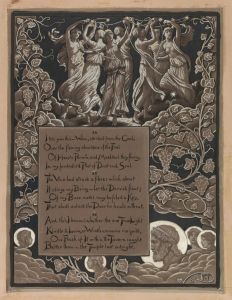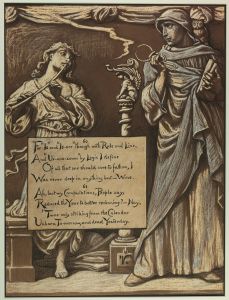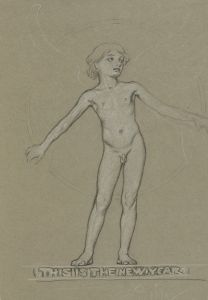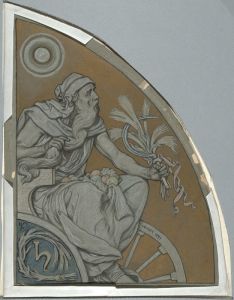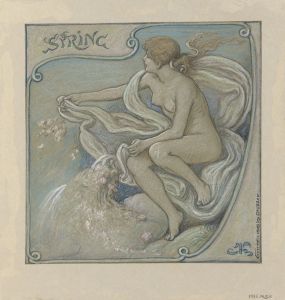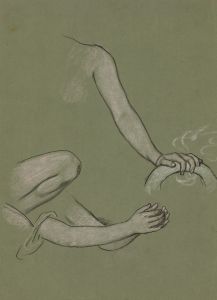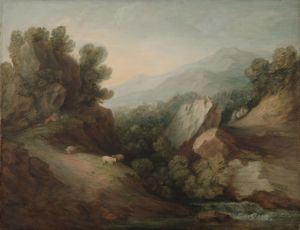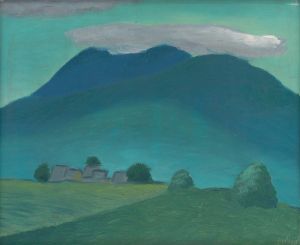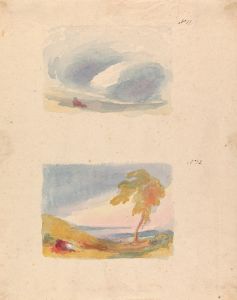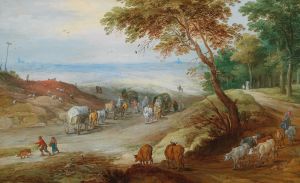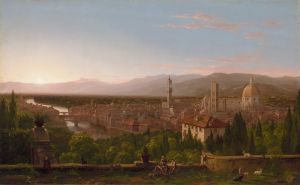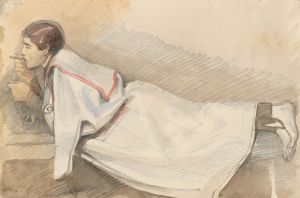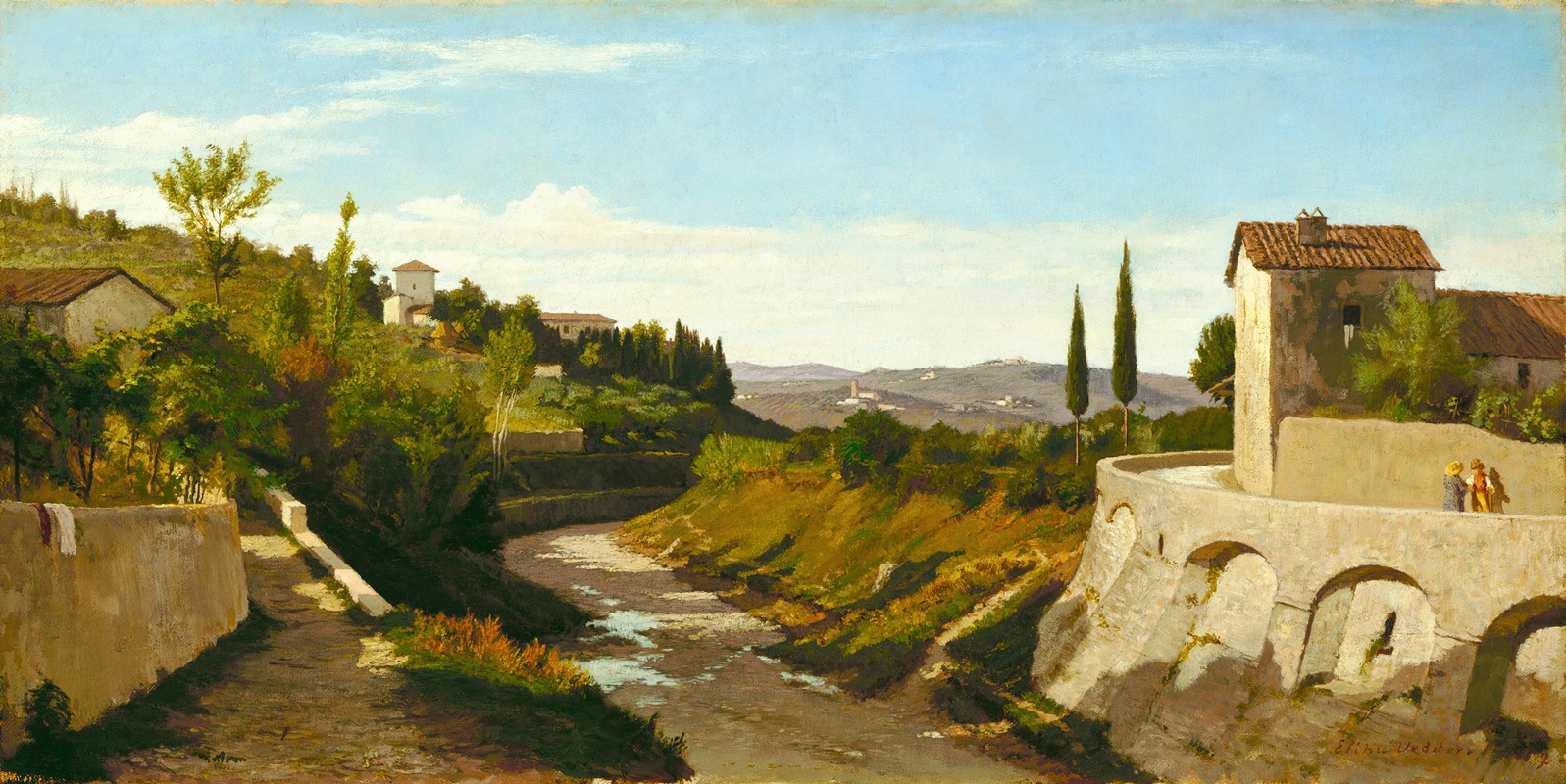
Fiesole
A hand-painted replica of Elihu Vedder’s masterpiece Fiesole, meticulously crafted by professional artists to capture the true essence of the original. Each piece is created with museum-quality canvas and rare mineral pigments, carefully painted by experienced artists with delicate brushstrokes and rich, layered colors to perfectly recreate the texture of the original artwork. Unlike machine-printed reproductions, this hand-painted version brings the painting to life, infused with the artist’s emotions and skill in every stroke. Whether for personal collection or home decoration, it instantly elevates the artistic atmosphere of any space.
Elihu Vedder (1836–1923) was an American artist known for his work in the Symbolist movement, as well as his illustrations, paintings, and murals. One of his works, titled Fiesole, depicts a scene inspired by the Italian town of the same name. Fiesole, located near Florence, is known for its scenic landscapes, historical significance, and connection to the Etruscan and Roman periods. Vedder, who spent much of his life in Italy, often drew inspiration from the Italian countryside and its rich cultural heritage.
The painting Fiesole reflects Vedder's characteristic style, which blends realism with a poetic and often mystical sensibility. The work captures the serene beauty of the Tuscan landscape, with its rolling hills, cypress trees, and atmospheric light. Vedder's use of color and composition conveys a sense of tranquility and timelessness, qualities that are often associated with his landscapes. His time in Italy deeply influenced his artistic vision, and Fiesole is a testament to his ability to translate the essence of a place into a visual medium.
While specific details about the creation of Fiesole—such as its exact date or the circumstances under which it was painted—are not widely documented, the work is representative of Vedder's broader artistic themes. He often explored the interplay between nature and human emotion, using landscapes as a means to evoke introspection and a connection to the sublime.
Elihu Vedder's contributions to art extend beyond his paintings; he is also well-known for his illustrations of Edward FitzGerald's The Rubaiyat of Omar Khayyam, which remain some of his most celebrated works. His artistic legacy is marked by his ability to merge technical skill with a deeply personal and imaginative approach to his subjects.
Today, Fiesole is recognized as part of Vedder's oeuvre that highlights his connection to Italy and his appreciation for its landscapes. The painting serves as an example of how Vedder's time abroad shaped his artistic identity and allowed him to create works that resonate with a sense of place and emotion.





